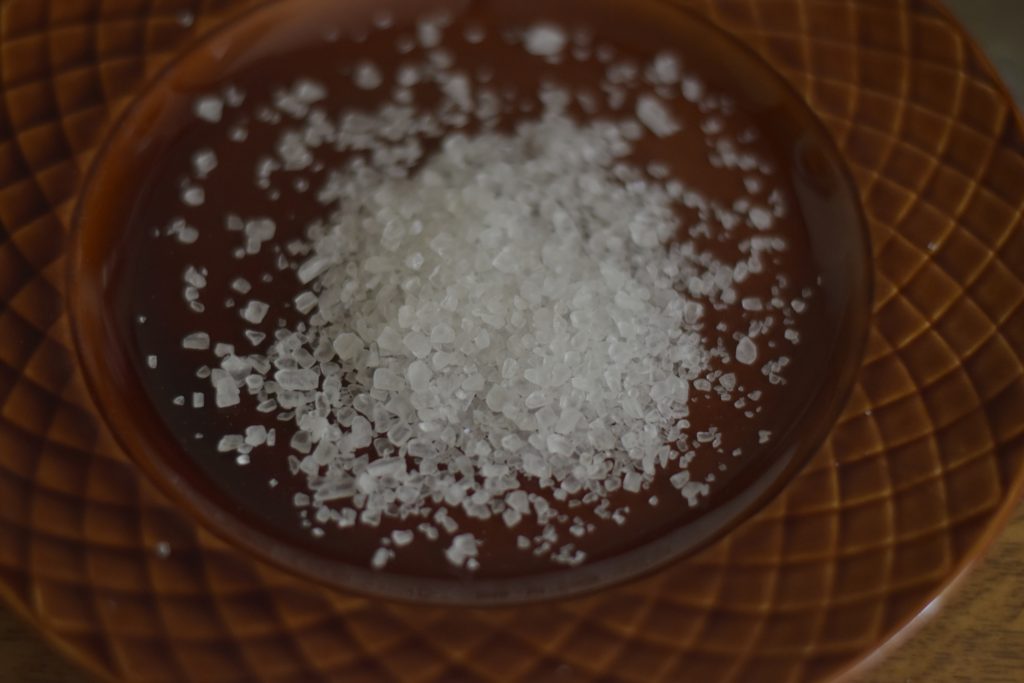Jun
The many faces of salt
THE basis of all our range of disinfectants and cleaning products is HOCL, the electrolysis of salt and water.
Salt is a naturally occurring mineral and we use the best Scottish sea salt.
It is one of the most important minerals in creation and has many uses beyond flavouring fish and chips.

Salt has been known for its medicinal qualities since the time of the Greek physician Hippocrates, who is believed to have lived in around 460 BC, but it was not until the wok on germ theory by the French Chemist Louis Pasteur and English surgeon Joseph Lister, in the early part of the 19th century that people had any understanding of how it works.
Its preservative powers made long sea journeys possible before the age of refrigeration and salt played a role in the campaign for Indian independence.
There is evidence of people making salt by boiling sea water as long ago as 6000 BC.
It is one of the most widely used items for flavouring and preserving food, but this accounts for only a small proportion of salt that is used. Salt’s de-icing properties are well known, and it helps keep roads open in the winter.
Salt can be distilled from the sea, and it is also mined.
Most people will know that salt can be used to clean wounds and that it is often used as a gargle for mouth ulcers.
Salt in the body is essential and too little salt can cause serious harm as can too much, as it has been linked with conditions like hypertension (high blood pressure).
The Victorians were especially keen on brine baths in spa towns like Droitwich and Tenbury. It is claimed to help with conditions like rheumatism, and to ease aches and pains.
One of the most salty bodies of water is the Red Sea because of high evaporation and is at concentrations that enable people to float without having to swim because of the buoyancy of salt water.
Salt played a part in the campaign for Indian independence. In 1930, Mahatma Ghandi led a salt march in defiance of the British rulers, who claimed a monopoly on the making of salt.
HOCL has been around since the dawn of time, as all mammals produce it, as part of the immune system, but it was discovered by French chemist Antoine Jérôme Balard (1802–1876) by adding, to a flask of chlorine gas, a dilute suspension of mercury oxide in water. He also named the acid and its compounds.
Although technically an acid, HOCL is entirely harmless and can be good for the skin. No gloves or any kinds of PPE are needed when using it.
It was used by nurses, treating soldiers in the First World War but was very unstable and quickly degraded, making it not commercially viable.
However, Let’s Sanify has a technique that gives it a shelf life of two years or longer and this has been the game changer.
Let’s Sanify manufactures HOCL in a range of strengths suitable for disinfection and cleaning.





No Comments